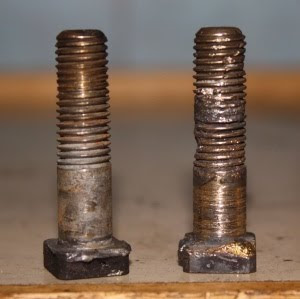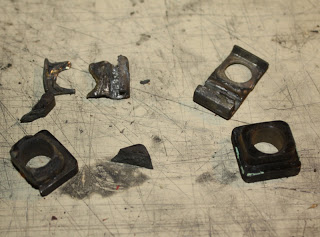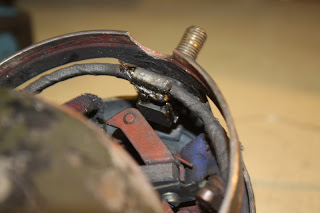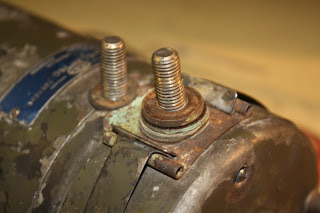
Start me up!
A while ago, you may remember, I had an embarrassing breakdown caused by dodgy connections on the starter motor cable. Same thing happened the other day when I got home from work. It had been a hot day and the temporary insulation I’d put on the positive terminal had melted away enough to allow this starter to short again. This in turn had welded the nut to the terminal.
In the process of getting the nut off - which meant using the nut splitter in the end - I sheared the terminals inside the motor itself. Joy!
Luckily had a spare starter I picked up at Sodbury last year. After much swearing and finger bashing I got the old starter off and the new one on. Turned the key… nothing. The replacement starter was not a goer!





Bolted the old starter into place and turned the key… nothing again! Some swearing and cursing took place. I unbolted the motor and turned the key again and it fired up fine. Back into place on the engine and everything worked. I can only assume that the gears had not lined up correctly the first time.So, now The Duke is back on the road and I know what the inside of a starter motor looks like!
